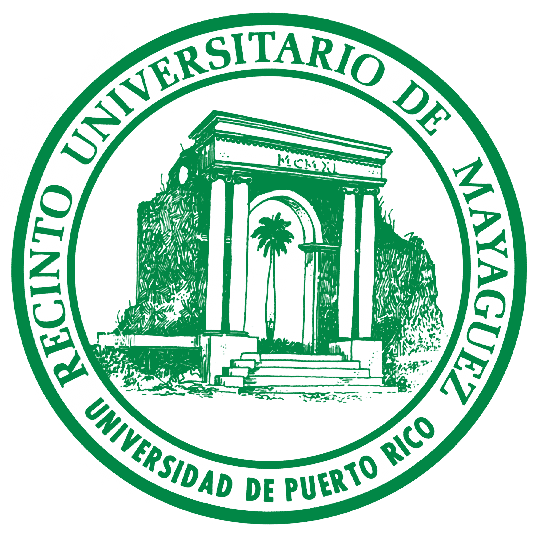Project
Assess Highway Construction Workers´ Behavior while Driving through Work Zones in Comparison to General Drivers Sensitized Using Virtual Reality and a Driving Simulator
To ensure the safety of construction workers and drivers in work zones is a challenge due to the work zones complex geometry, which includes the temporary presence of signs, channeling devices, lane reduction, lane changes, and modified road configuration. In 2017, the Fatal Analysis Reporting System (FARS) reported 710 fatal crashes in work zones in the United States, out of which 132 involved construction workers. A study conducted by the Associated General Contractor (AGC) in 2019 showed that 67% of workers reported that motor vehicles had crashed into their work zone, and 8% of these crashes ended in fatalities. Also, 73% of the construction workers feel a higher risk now than a decade ago. The general public is often not as aware of these risks due to not having exposure to these hazards in their everyday work. To heighten awareness regarding the risks to construction workers in work zones, the general public needs to develop empathy to understand the experience of construction workers from within their frame of reference, that is, placing themselves in the construction worker´s position. The research objective is to investigate if using virtual reality to expose drivers to the work hazards that construction workers typically encounter in work zones influences their behavior while driving through work zones in a driving simulator. Our goal is to investigate if exposing the general public to safety risks construction workers face in work zones increases empathy and leads to risk perception and behavior changes. Our proposal includes a behavior and risk perception survey, the use of virtual reality to immerse general drivers in virtual work zones environments where they have to perform typical work zone tasks, and the use of the UPRM driving simulator to evaluate driver’s behavior in terms of speed, lateral position, and reaction time in a high-speed divided freeway work zone. This research will contribute to the understanding of the impact of work experience in the work zone, and the driver ́s risk perception and behavior in work zones. An educational module will be developed to increase empathy and awareness about the risks that workers face in construction work zones. The goal of the educational module is to provide information so that the general public can visualize themselves in the construction workers’ situation and modify their behavior while driving through construction work zones.








